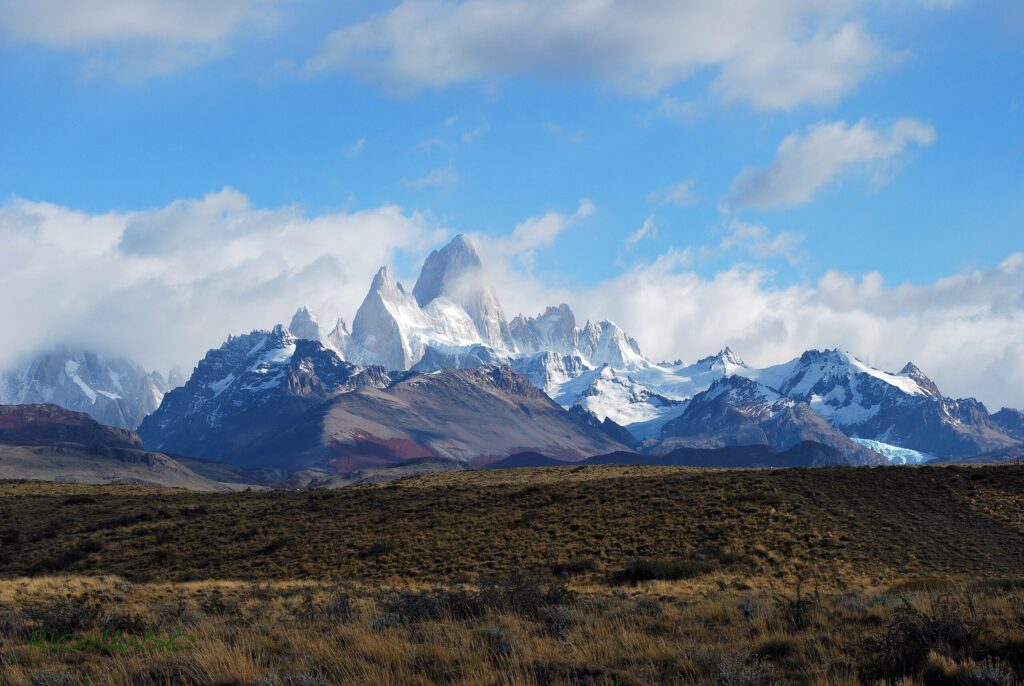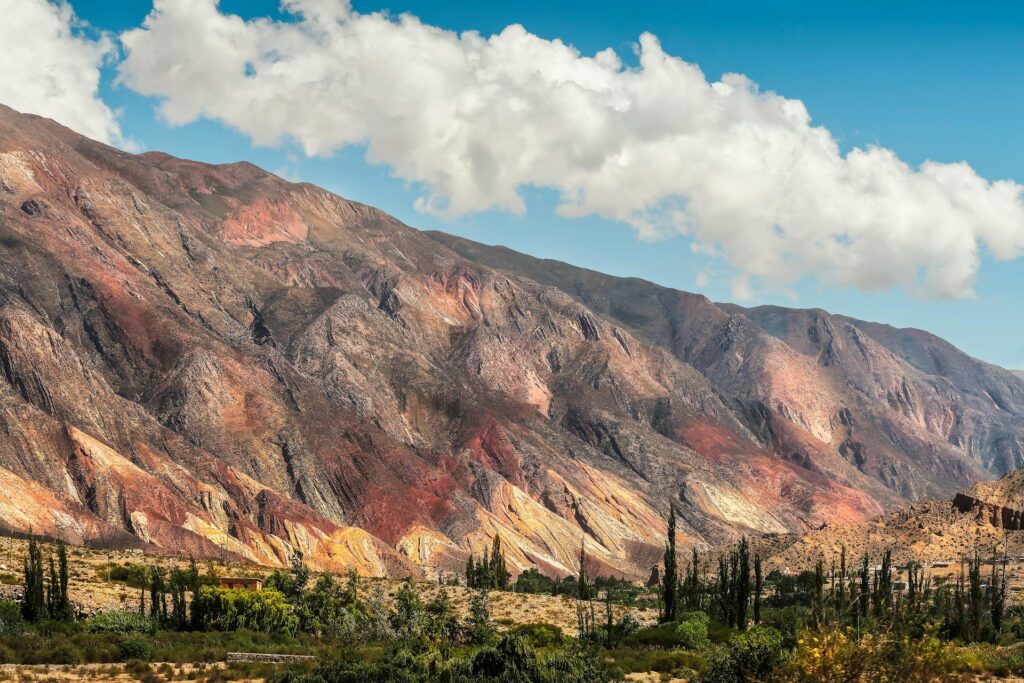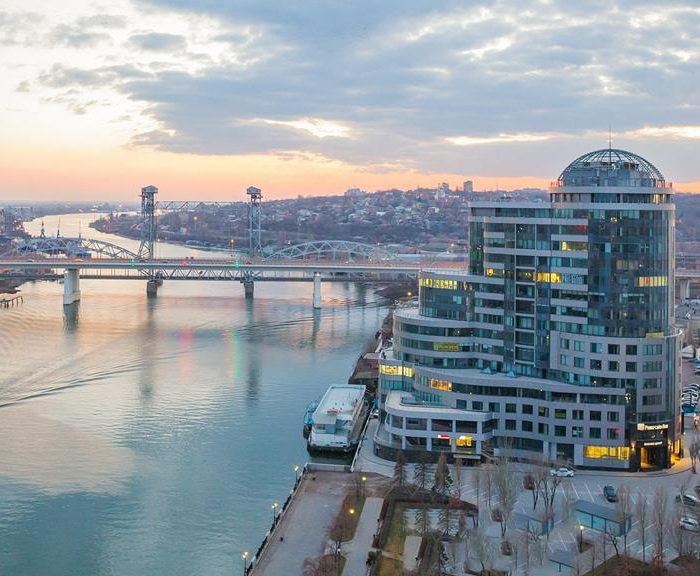Quick facts about Argentina:
- Population: Approximately 45 million people.
- Capital: Buenos Aires.
- Official Language: Spanish.
- Currency: Argentine peso (ARS).
- Government: Federal presidential republic.
- Major Religion: Roman Catholicism.
- Geography: Located in South America, bordered by Chile, Bolivia, Paraguay, Brazil, and Uruguay, with diverse landscapes including the Andes Mountains, Pampas grasslands, and Patagonian desert.
Fact 1: Argentina is the birthplace of Tango
Tango, the passionate and iconic dance, originated in Argentina, particularly in the vibrant port neighborhoods of Buenos Aires and Montevideo during the late 19th century. Evolving from a fusion of African, European, and indigenous influences, Tango emerged as a reflection of the diverse cultural heritage and social dynamics of the region. With its distinctive rhythms, intricate footwork, and intimate connection between partners, Tango quickly gained popularity and became synonymous with Argentine culture. Today, Tango continues to captivate audiences worldwide with its sensuality, emotion, and rich musical tradition.

Fact 2: Argentina is a very tolerant country
Argentina is widely recognized for its progressive stance on LGBTQ+ rights and was the first Latin American country to legalize same-sex marriage. On July 15, 2010, Argentina’s Congress passed a landmark bill legalizing marriage equality, allowing same-sex couples to marry and enjoy the same legal rights and protections as opposite-sex couples. This historic legislation marked a significant milestone in the fight for LGBTQ+ rights in Latin America and set a precedent for other countries in the region.
Fact 3: Argentina is home to one of the longest highways in the world
One of the most notable highways in Argentina is National Route 40 (Ruta Nacional 40 or RN40), which is the longest route in the country and one of the longest highways globally. Stretching from the northern border with Bolivia to the southern tip of Patagonia, National Route 40 covers approximately 5,194 kilometers (3,227 miles) of diverse terrain, including mountains, deserts, and plains. This iconic highway traverses through numerous provinces, offering breathtaking landscapes, cultural richness, and access to various tourist attractions along its route. National Route 40 holds significant importance for transportation, tourism, and connectivity in Argentina, earning its reputation as one of the longest and most scenic highways in the world.
Note: If you plan to visit the country, find out if you need an International Driver’s License in Argentina to drive.

Fact 4: Argentina is a major wine producer
The Argentine wine industry has a long history dating back to the 16th century when Spanish colonizers first introduced grapevines to the region. Today, Argentina is one of the world’s largest wine producers, ranking among the top wine-exporting countries globally.
The most famous wine grape variety in Argentina is Malbec, which thrives in the country’s unique terroir, particularly in the Mendoza region. Malbec wines from Argentina are celebrated for their deep color, rich fruit flavors, and smooth tannins. In addition to Malbec, Argentina produces a wide range of other grape varieties, including Cabernet Sauvignon, Merlot, Syrah, Chardonnay, and Torrontés, among others.
Argentina’s diverse geography and climate contribute to the country’s winemaking success, with vineyards located in various regions, including Mendoza, Salta, San Juan, La Rioja, and Patagonia. These regions offer a range of microclimates and soil types, allowing winemakers to produce an array of wine styles, from bold reds to crisp whites.
Fact 5: Argentina has high mountains and large glaciers
The Andes mountain range runs along Argentina’s western border with Chile, forming one of the longest continental mountain ranges in the world. Within the Andes, Argentina boasts several high peaks, including Aconcagua, the tallest mountain outside of Asia, reaching an elevation of approximately 6,960 meters (22,837 feet) above sea level.
In addition to its towering mountains, Argentina is known for its expansive ice fields and glaciers, particularly in the southern region of Patagonia. The Southern Patagonian Ice Field, one of the largest ice fields outside of Antarctica, spans across the southern Andes, covering vast areas of rugged terrain. Within this ice field, Argentina’s Los Glaciares National Park is renowned for its iconic glaciers, including the famous Perito Moreno Glacier, a UNESCO World Heritage site known for its spectacular ice formations and dramatic calving events.

Fact 6: The largest dinosaur ever found was in Argentina
Argentina is known for its rich paleontological heritage, and some of the largest dinosaur fossils ever discovered have been found in the country. One of the most notable examples is the Patagotitan mayorum, a species of titanosaur that lived during the Late Cretaceous period. Discovered in the Patagonia region of Argentina, the Patagotitan mayorum is estimated to have measured around 37 meters (121 feet) in length and weighed approximately 69 metric tons (76 tons), making it one of the largest dinosaurs ever known to have existed.
The discovery of Patagotitan mayorum and other giant dinosaur fossils in Argentina has significantly contributed to our understanding of dinosaur diversity, evolution, and behavior during the Mesozoic Era.
Fact 7: Argentina has several UNESCO World Heritage sites
In addition to Argentina’s stunning nature, there are also historical and cultural sites recognized around the world. Some of the notable UNESCO World Heritage sites in Argentina include:
- Iguazu National Park: Located in the northeastern province of Misiones, Iguazu National Park is renowned for its breathtaking Iguazu Falls, one of the largest and most spectacular waterfalls in the world. The park is recognized for its outstanding natural beauty and biodiversity, encompassing lush rainforests, diverse wildlife, and numerous cascading waterfalls along the Iguazu River.
- Los Glaciares National Park: Situated in the southern Andes of Argentina’s Patagonia region, Los Glaciares National Park is renowned for its stunning glaciers, rugged mountains, and pristine wilderness. The park is home to iconic glaciers such as the Perito Moreno Glacier, a UNESCO World Heritage site known for its dynamic ice formations and dramatic calving events.
- Jesuit Block and Estancias of Córdoba: This UNESCO World Heritage site comprises a group of Jesuit missions and estancias (ranches) located in the province of Córdoba. The site reflects the cultural and architectural legacy of the Jesuit missions and the rural economy of colonial Argentina during the 17th and 18th centuries.
- Quebrada de Humahuaca: Located in the northern province of Jujuy, Quebrada de Humahuaca is a stunning mountainous gorge recognized for its scenic beauty, vibrant indigenous cultures, and rich archaeological heritage. The area is characterized by colorful rock formations, traditional Andean villages, and ancient cultural sites, reflecting its significance as a cultural landscape and trading route dating back thousands of years.

Fact 8: The southernmost city on the planet is in Argentina
Ushuaia, located in Argentina’s Tierra del Fuego province, is widely recognized as the southernmost city in the world. Situated on the southern coast of Isla Grande de Tierra del Fuego, Ushuaia is nestled between the Martial Mountains and the Beagle Channel. Its geographic coordinates, approximately 54.8 degrees south latitude, mark its position as the southernmost urban settlement, earning it the title of “End of the World” city. Ushuaia serves as a gateway to Antarctica and is renowned for its stunning natural landscapes and adventurous outdoor activities/
Fact 9: Argentina is the birthplace of the greatest soccer players ever
Argentina has produced numerous legendary soccer players who are widely regarded as some of the greatest in the sport’s history.
One of the most iconic and celebrated Argentine soccer players is Diego Maradona. Maradona is revered for his extraordinary skill, creativity, and flair on the field, as well as his remarkable achievements with both club and country. He led Argentina to victory in the 1986 FIFA World Cup, where his performances earned him the Golden Ball award as the tournament’s best player. Maradona’s infamous “Hand of God” goal and his stunning solo effort against England in the same match have become iconic moments in soccer history.
Another Argentine soccer legend is Lionel Messi. Widely considered one of the greatest players of all time, Messi has amassed numerous individual awards and records throughout his illustrious career. He has won multiple FIFA Ballon d’Or awards, and his extraordinary talent, vision, and scoring prowess have earned him comparisons to Maradona and other soccer greats.
In addition to Maradona and Messi, Argentina has produced other legendary soccer players, including Alfredo Di Stefano, Gabriel Batistuta, and Juan Román Riquelme, among others.

Fact 10: But Argentina’s national sport is not soccer
While soccer (known as football in most of the world) is incredibly popular and widely followed in Argentina, the country’s national sport is officially recognized as Pato. Pato is a traditional sport in Argentina that combines elements of polo and basketball and is played on horseback. The game involves two teams competing to score goals by throwing a ball through a vertical hoop while riding horses.
Pato has deep historical roots in Argentina and was officially declared the national sport in 1953. It holds significant cultural importance and is often played during festivals, celebrations, and national holidays.

Published April 05, 2024 • 8m to read





